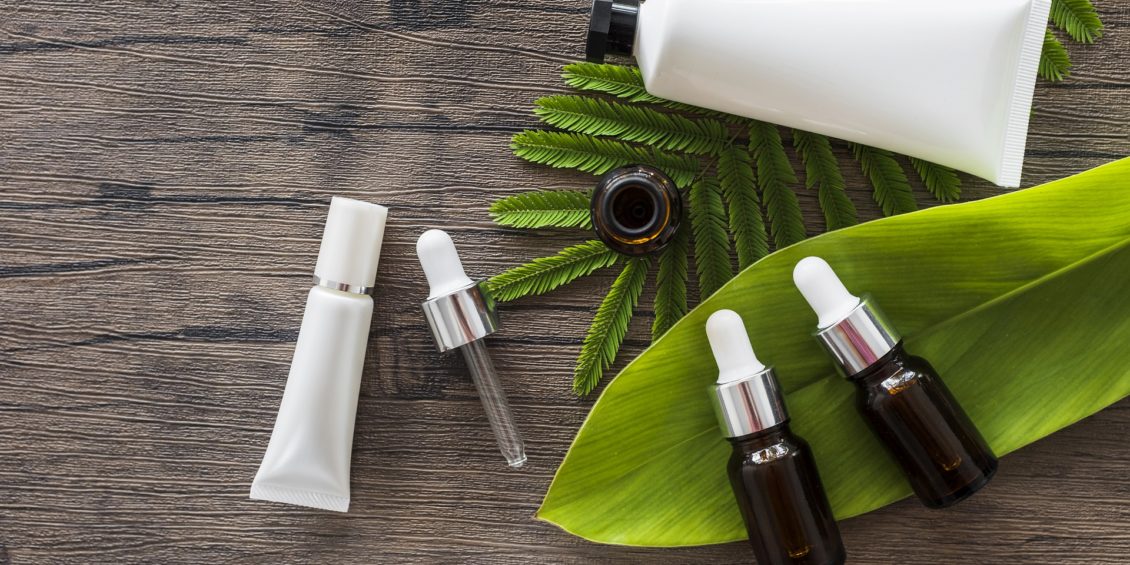
What does it mean to be a “high-risk” merchant?
Is it the products or services you sell that earned you that designation? Or, maybe your business has been labeled high-risk because of the business model you employ to sell those products. Or, could it be that your business has simply fallen victim to too many chargebacks?
Whatever the case, being a high-risk merchant isn’t the end of the world. In fact, it can be quite profitable, as the health and beauty industry clearly demonstrates.
For entrepreneurs who are interested in opening a new skin-care or organic makeup line, it’s best to know exactly how much risk one is comfortable absorbing.
What is High-Risk Processing?
High-risk credit card processing is a subset of merchant payment processing services targeted at merchants considered “high risk” by conventional banks. The processor will generally allow for greater risk exposure tied to fraud and chargebacks in exchange for higher fees.
Let’s distill high-risk processing down to its most basic elements.
Businesses are labeled this way based on the amount of chargebacks banks can expect from that merchant or industry. Whether your business has earned a high chargeback ratio for frequent chargebacks, or you’ve elected to open up shop in an industry that is predisposed to them, chargebacks are the leading cause of high-risk status.
Typically, if you’re considered a high-risk merchant, traditional processors will simply refuse to do business with you. You are therefore going to need to seek payment processors that specialize in high-risk payments. Entities that offer high-risk credit card processing are willing to take on the added risk of chargebacks. They will assume greater risk exposure than a bank or processor would typically allow. This comes at a price, though.
High-risk processors tend to charge much higher fees than traditional processors. These fees can add up very quickly, which can cause many extenuating issues further down the road, not the least of these being more chargebacks.
That said, high-risk processing does offer a couple of serious boons: higher profit thresholds, and more leeway in terms of chargeback ratios. Sometimes traditional processors will place a merchant in the high-risk category simply for the amount of transactions they perform each month, which can cut deeply into your bottom line.
As for chargebacks, high-risk processors rarely ever eliminate a business for excessive disputes. Depending on your industry, this can be a lifesaver.
Why is Health & Beauty Considered High-Risk?
When it comes to health and beauty, many merchants are considered high-risk by default. Why? Well, for the same reason as any industry that earns the label: a higher rate of chargebacks.
The reasons for this are manifold, but some of the most notorious lie in unproven claims for hair, skin, and cosmetic products. Some beauty lines promote products with broad-sweeping language that can mislead consumers. As you might expect, this leads to high return rates and chargebacks. Even if your products are genuine, that stigma exists over the entire industry.
Additionally, with the rise of subscription billing, health and beauty companies are making the same claims via a payment model that is predisposed to inaccuracies and disputes. A further complicating factor is the prevalence of health and beauty wholesalers selling subscription ‘boxes’ that feature multiple samples from varying luxury brands. There is a higher chance of poor packaging quality, expired products, and late fulfillment and shipping with these services.
Higher Reward, Higher Risk
Many beauty lines prefer these recurring or subscription billing models as they can offer many products at once to consumers for lower up-front costs, which can also increase profits. While this can be a lucrative method, it’s also a recipe for chargebacks. And, the greater the chance for chargebacks, the higher the risk.
Certainly, there are thousands of reputable health and beauty companies out there who don’t deserve their high-risk status. Unfortunately, these legitimate sellers are held hostage by their less scrupulous counterparts.
Customers who are already targeted by misleading advertisements and unfounded claims are apt to be upset by the delivery of inferior or ‘not as described’ products lumped together in unappealing packaging. Like I mentioned before, that stigma then transfers to other innocent merchants.
Having said that, there is the advantage of higher reward available in high-risk payment processing that I mentioned before.
In this space, you won’t be penalized for charging higher amounts, nor suffer for excessive chargebacks. So, while this might not be a ‘win-win’ situation for the health and beauty industry, it is far from a death sentence.
Mitigate Your Risk
The high-risk processing sphere can be lucrative. However, you have to take extra care to manage chargebacks. Even if your controls are less strict than a standard merchant in terms of your chargeback ratio, runaway chargebacks can still cost you a lot and put your business in jeopardy.
My best advice to merchants in industries where chargebacks are prevalent is to invest time and effort into a comprehensive chargeback management strategy.
No business is safe from chargebacks. However, savvy merchants are aware that investing in prevention is a wise best practice when mitigating risk.
The greatest ROI for any business is one that pays for itself over as little time as possible. Chargeback management may just be the thing your business needs to lower risk and grow your operations.
